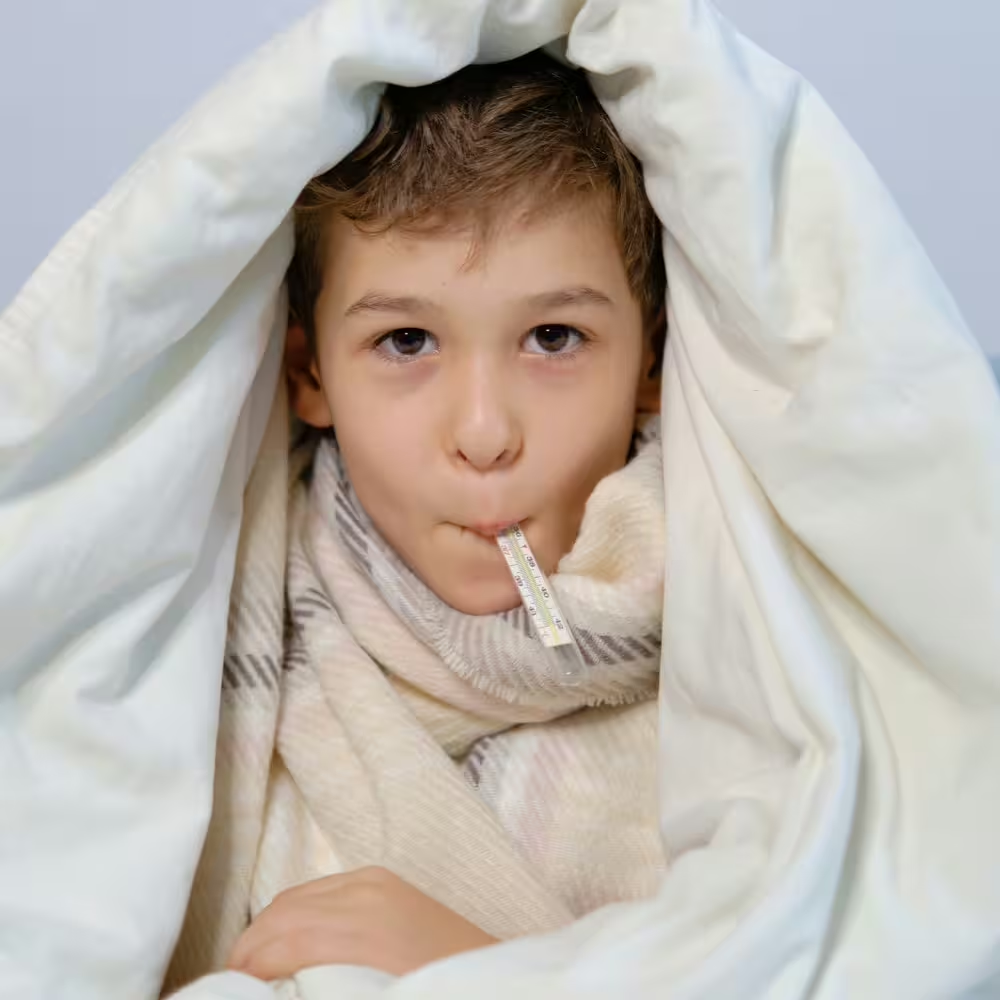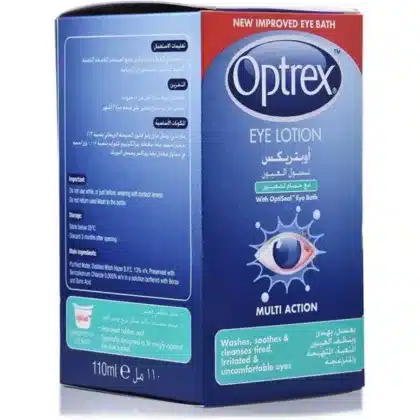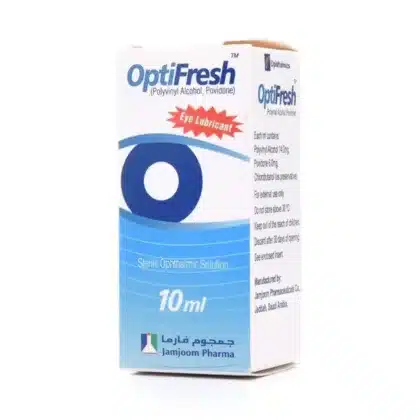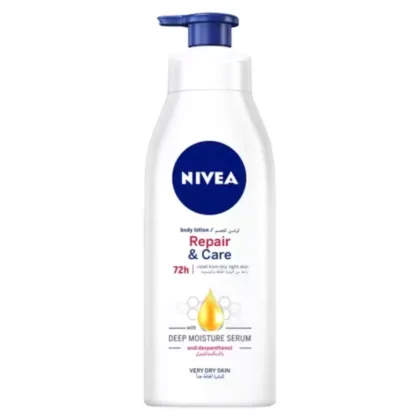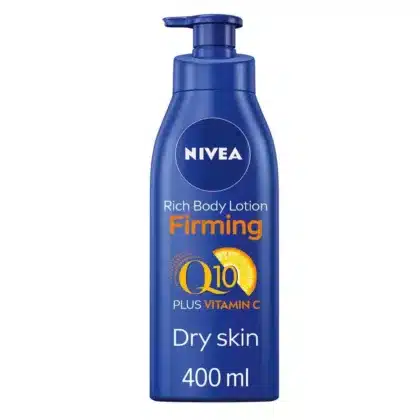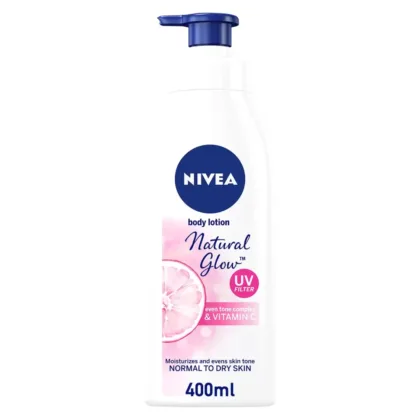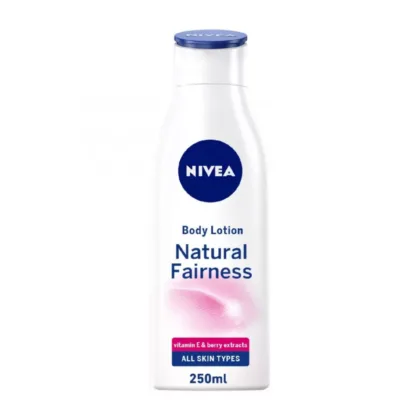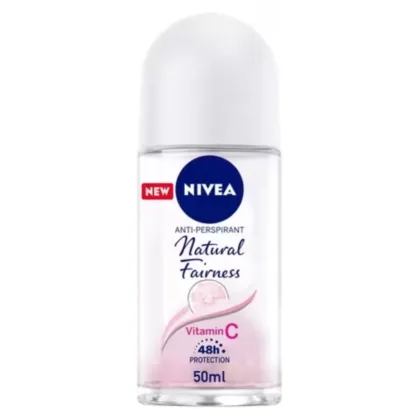Little warriors, big sniffles – it’s a familiar scene to any parent. Colds, coughs, and ear infections are as inevitable as sunshine in summer, leaving us scrambling for thermometers, remedies, and a whole lot of patience. As the temperature drops, so does our little one’s resilience to common childhood illnesses. With a little know-how and a lot of TLC, you can weather the storm and keep your tiny warriors fighting fit. Let’s
Common childhood illnesses in winter
Let’s start with the big three winter nasties: colds, coughs, and ear infections.
- Colds: The most common of the bunch, colds are usually caused by viruses and typically clear up within a week or two. Symptoms like runny nose, sneezing, and mild fever are your unwelcome guests. The good news is, there’s no magic cure – rest, fluids, and plenty of cuddles are all you need. A cool-mist humidifier can ease congestion, and saline nasal drops can work wonders on a stuffy nose. Remember, antibiotics won’t help against viruses, so save them for bacterial infections.
- Coughing Concerto: Now, to the cough, that ubiquitous soundtrack of childhood. From dry hacks to wet gurgles, coughs can be the most frustrating symptom. The good news is, they usually resolve within a week or two. Plenty of fluids and warm steamy showers can soothe irritation. Try Otosan fortuss cough syrup but avoid cough suppressants for younger children – their cough reflex is crucial for clearing mucus. If the cough is persistent, wheezing occurs, or your child struggles to breathe, a doctor’s visit is essential.
- Earache Symphony: Let’s start with the ear-splitting ouch of ear infections. Those tiny tubes connecting the middle ear to the throat are prone to getting blocked by mucus, creating a breeding ground for bacteria. Symptoms like fever, fussiness, and ear pulling are your red flags. While most infections clear up on their own within a few days, a doctor’s visit is vital if the pain worsens, persists, or affects both ears. Antibiotics might be prescribed, but remember, they’re for bacterial infections, not the viral culprits behind many sniffles.
Home Remedies to the Rescue
While medical professionals are superheroes in their own right, some home remedies can be your first line of defense, such as:
- A humidifier can loosen mucus and ease congestion.
- Saline nasal drops can be your secret weapon against stuffy noses, while warm compresses can bring comfort to tender ears. Order now!
Remember, though they are common childhood illnesses, always consult your doctor for specific guidance and dosage recommendations.
Prevention Plays its Part
Remember, an ounce of prevention is worth a pound of sniffles. Regular handwashing is your greatest ally against germ warfare. Encourage healthy sleep habits and a balanced diet to boost your child’s immune system. Consider opting for breastfeeding, which naturally offers protective antibodies. And keep that second-hand smoke away – it’s bad for everyone, especially fragile lungs.
Common childhood illnesses are normal!
Common childhood illnesses, though uncomfortable, are usually a normal part of growing up. With a calm head, a well-stocked medicine cabinet, and a good dose of TLC, you can turn sniffles into giggles and earaches into bedtime stories in no time. Keep in mind, though, that this information is not a substitute for professional medical advice. Always consult your doctor if you’re concerned about your child’s health.
